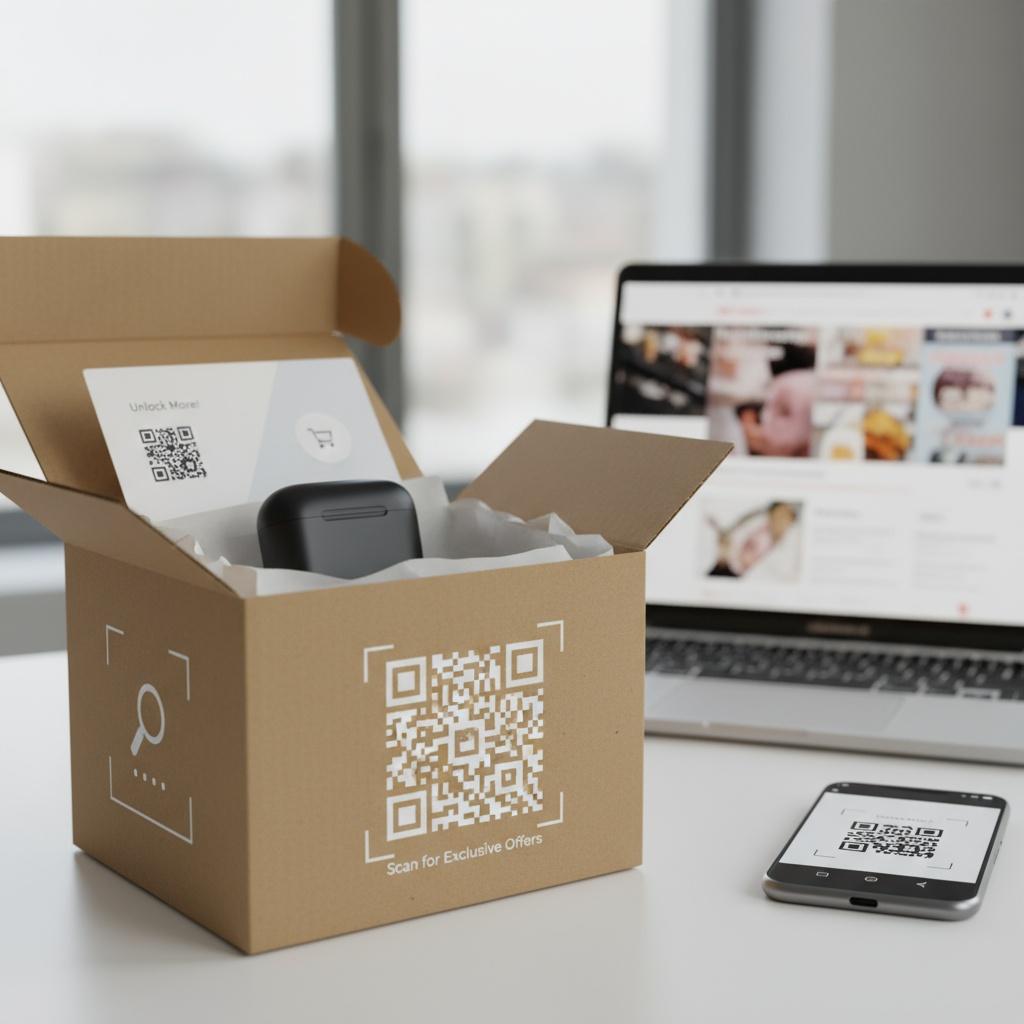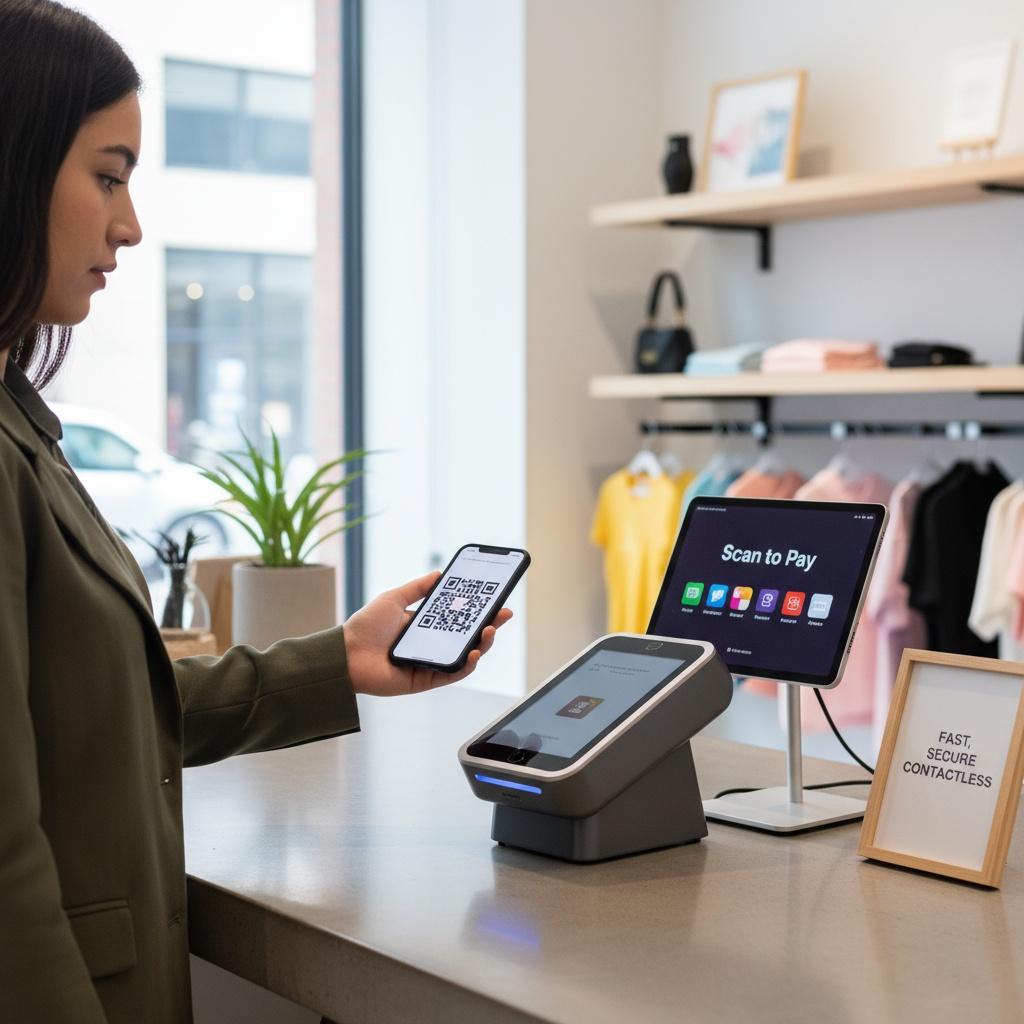

From curbside pickups to boutique counters, QR codes in business have evolved from a pandemic workaround into a permanent pillar of retail checkout. Retailers favor them for speed, hygiene, and lower costs compared with traditional terminals, while customers enjoy app-based convenience and flexibility. Crucially, standards bodies now back QR payments at scale—see EMVCo guidance on the rising use of QR codes for payments—making them a credible, long-term digital transformation tool for stores of every size.
Modern QR payment flows work in two primary modes—consumer-presented (customer shows a code) and merchant-presented (store displays a code). Interoperability matters because it lets one code accept multiple payment options while ensuring consistent user experience. EMV standards reduce fragmentation and enable secure, cross-provider acceptance; explore EMVCo’s EMV QR Codes overview for how this framework underpins reliable contactless payments in retail environments.
Compared with NFC terminals, QR setups can be inexpensive and fast to roll out—often just printed signage for static codes or a tablet screen for dynamic codes. That affordability turns QR into one of the most practical digital transformation tools for SMB retailers: launch quickly, capture revenue sooner, and iterate over time. Because QR can be embedded across channels (in-aisle, at windows, on receipts, or in emails), it boosts operational agility without heavy hardware commitments.
QR codes reduce queue friction by letting customers scan, confirm, and go—no card handoff or shared devices. They’re inclusive, working with virtually any smartphone and supporting wallets, bank apps, and even installment options, depending on the provider. This accessibility improves conversion and loyalty, while offering a consistent foundation for modern marketing strategies that span in-store and online touchpoints.
Start by choosing a mode (merchant-presented for simplicity; consumer-presented for deeper wallet integrations), then confirm gateway/acquirer support and POS integration options. Pilot a limited set of use cases (e.g., buy-online-pickup-in-store or quick-serve checkout) to validate throughput, staff training, and signage clarity. For alignment with industry practices—especially in Europe—review European Payments Council recommendations on QR standardisation for merchant-initiated payments to ensure consistency and scalability.
Adopt dynamic QR codes where possible to mitigate tampering and ensure the amount, merchant ID, and transaction metadata are cryptographically bound. Use app and device attestation, enforce TLS pinning, and configure risk rules for unusual spending patterns. Augment with practical safeguards—tamper-evident signage, employee playbooks to spot spoofed codes, and clear consumer prompts—so security is embedded without adding friction.
QR payments double as marketing moments: embed campaign parameters, route customers to loyalty enrollment, and connect receipts to CRM to enable lifecycle marketing. Attribute store traffic to media by placing unique codes on displays or local ads, then track redemptions and repeat visits. With consent-driven data collection, retailers can refine segmentation and LTV models—transforming QR from a checkout tactic into a cornerstone of modern marketing strategies.
QR payments give retailers a future-ready mix of interoperability, low-cost deployment, and measurable marketing lift. As standards mature and consumer comfort rises, QR becomes more than a payment option—it’s a strategic lever for agility, data, and growth. For retailers prioritizing digital transformation tools that move fast and scale, QR codes are a smart, defensible bet for 2025 and beyond.